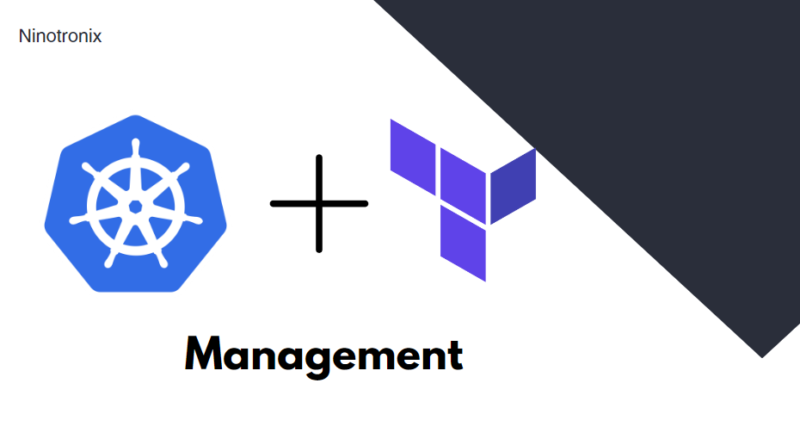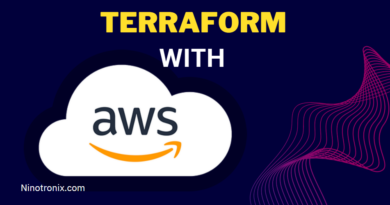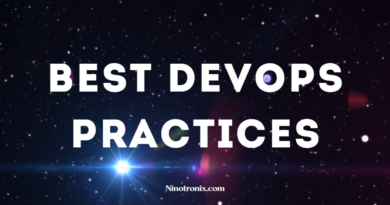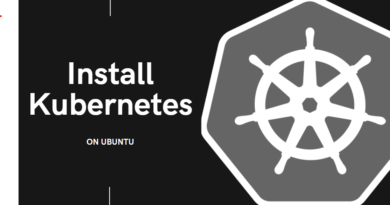Using Terraform with Kubernetes for Infrastructure Management
Terraform is a popular infrastructure as code (IaC) tool used for automating the deployment, configuration, and management of infrastructure resources across various cloud providers and platforms. Kubernetes, on the other hand, is a container orchestration platform used for automating the deployment, scaling, and management of containerized applications. While Terraform and Kubernetes are distinct tools, they can be used together to manage infrastructure resources in a Kubernetes environment.
Here’s a brief overview of how Terraform can be used with Kubernetes for infrastructure management:
1. Provisioning Kubernetes infrastructure with Terraform
Terraform can be used to provision Kubernetes clusters on various cloud providers such as AWS, Azure, and Google Cloud. Terraform provides a Kubernetes provider that allows you to create and manage Kubernetes resources such as pods, services, and deployments. You can define your Kubernetes infrastructure using Terraform code, which enables you to automate the process of creating and updating your Kubernetes infrastructure in a repeatable and consistent manner.
2. Managing Kubernetes resources with Terraform
In addition to provisioning Kubernetes infrastructure, Terraform can also be used to manage Kubernetes resources. You can use Terraform to create, modify, and delete Kubernetes resources such as pods, services, and deployments. Terraform code can be used to define the desired state of your Kubernetes resources, and Terraform will automatically reconcile the actual state with the desired state.
3. Using Helm with Terraform
Helm is a package manager for Kubernetes that allows you to define, install, and manage Kubernetes applications. You can use Terraform in combination with Helm to automate the deployment and management of Helm charts. Terraform code can be used to define the desired state of your Helm charts, and Terraform will automatically install and manage the Helm charts.
4. Using Kubernetes as a data source with Terraform
Terraform allows you to use Kubernetes as a data source, which means that you can retrieve information about your Kubernetes resources and use it in your Terraform code. This enables you to create more sophisticated Terraform workflows and automate the management of your Kubernetes infrastructure.
5. Applying best practices for Terraform and Kubernetes
When using Terraform with Kubernetes, it’s important to apply best practices for both tools. This includes using version control for your Terraform code, creating modular and reusable Terraform modules, and using Kubernetes RBAC (Role-Based Access Control) to manage access to Kubernetes resources.
In summary, Terraform can be used with Kubernetes for infrastructure management by using Terraform to provision Kubernetes infrastructure, manage Kubernetes resources, use Helm to deploy Kubernetes applications, use Kubernetes as a data source in Terraform, and apply best practices for both tools. By using Terraform with Kubernetes, you can automate the management of your infrastructure and applications in a repeatable and consistent manner.




